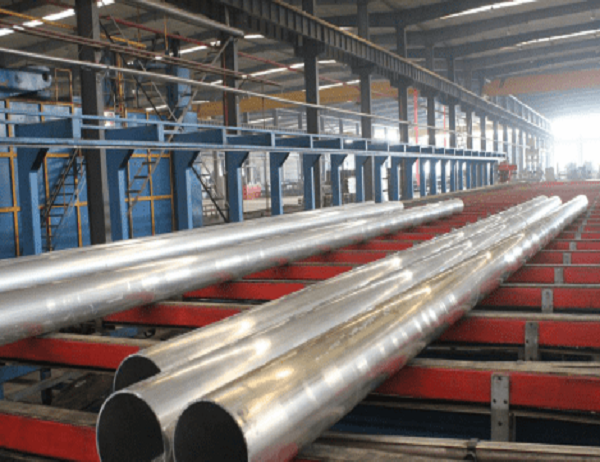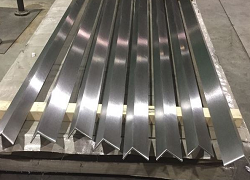The utilization of solar energy has gained significant traction as a sustainable and environmentally friendly means of electricity generation. Solar panels, the core components responsible for harnessing sunlight, are typically enclosed in frames to provide structural support and protection. Among the various frame materials, aluminum has emerged as a popular choice due to its durability, weight, and resistance to corrosion. However, the impact of solar aluminum frames on overall system efficiency has been a subject of ongoing research and debate. This article aims to shed light on the multifaceted effects of aluminum frames on solar panel performance, providing a comprehensive analysis of their implications for system efficiency.
Structural Considerations
Solar aluminum frames play a crucial role in maintaining the structural integrity of solar panels. By providing rigidity and stability, they prevent panel deformation, which can compromise cell performance and lead to premature aging. Aluminum’s high strength-to-weight ratio allows for the creation of lightweight frames that minimize additional weight on the mounting system and reduce installation costs. The robust nature of aluminum frames can withstand varying environmental conditions, including high winds, snow loads, and extreme temperatures, ensuring long-term durability and reliability.
Thermal conductivity is a critical factor in solar panel efficiency. Aluminum’s high thermal conductivity allows for effective heat transfer from the solar cells to the surrounding environment, preventing excessive temperatures within the panel. This efficient heat dissipation is essential for maintaining optimal cell performance and preventing power loss due to thermal degradation. Solar aluminum frames facilitate the flow of heat away from the cells, creating a conducive operating environment and prolonging the panel’s lifespan.
While aluminum frames provide structural support, they can also introduce shading effects that impact solar panel efficiency. The frame’s width and thickness can cause partial shading on the solar cells, reducing the amount of available sunlight for conversion. This effect is particularly pronounced in high-density installations where panels are mounted closely together. Careful consideration of frame design and optimization can minimize shading losses while maintaining structural integrity.
Thermal expansion is a phenomenon observed in all materials, including aluminum. When exposed to varying temperatures, aluminum frames undergo slight dimensional changes. This expansion can cause stress and strain on the solar cells, particularly at the points of contact between the frame and the panel. In severe cases, thermal expansion can lead to cell breakage or premature panel failure. Proper design and installation techniques, such as using flexible mounting systems and allowing for thermal expansion, can mitigate these risks.
Aesthetic Considerations
Solar aluminum frames can influence the overall aesthetics of a solar installation. The sleek and modern appearance of aluminum frames can complement various building designs and urban environments. The durability and low maintenance requirements of aluminum make it a suitable choice for long-term installations, ensuring that the system retains its visual appeal over its lifetime.
Conclusion
The impact of solar aluminum frames on overall system efficiency is a complex issue involving several interrelated factors. While aluminum frames provide structural support, heat dissipation, and aesthetic value, it is essential to carefully consider their potential impact on cell performance and shading losses. By understanding the interplay between frame design, material properties, and installation practices, system designers and installers can optimize the efficiency of their solar installations and maximize the benefits of aluminum frames. Ongoing research and innovation in solar frame technology will undoubtedly lead to further improvements, driving the advancement of solar energy production and its contributions to a clean and sustainable future.



